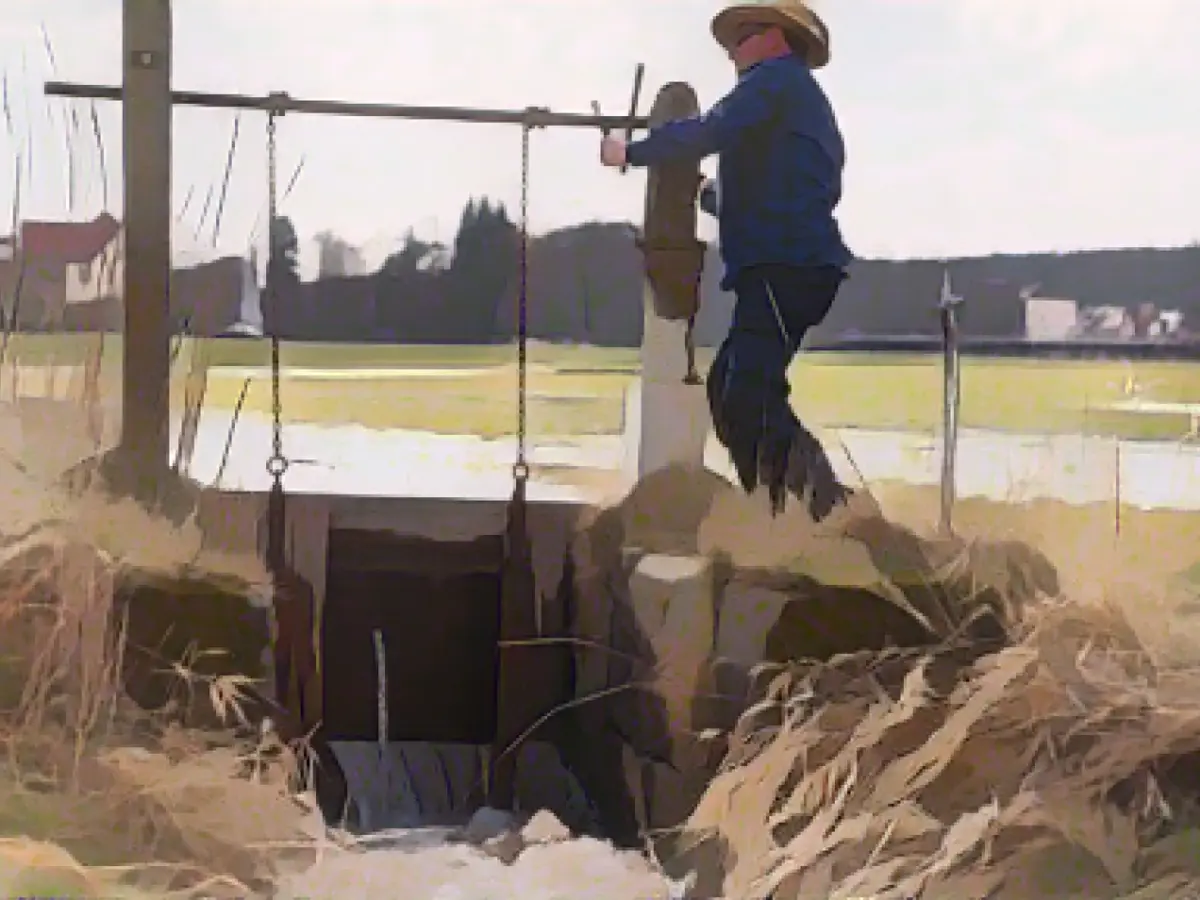Unesco Grants Traditional Irrigation Heritage Status
Get ready to dip your toes into some fascinating news — traditional meadow irrigation has been granted the prestigious title of 'intangible cultural heritage of humanity' by Unesco! This centuries-old farming technique uses the natural power of gravity to channel water from rivers and canals into agricultural lands like fields and meadows.
Now, grab a seat, because this isn't just about agriculture; it's about honoring our roots and preserving our planet's biodiversity. Christoph Wulf, Vice President of the German Unesco Commission, shed some light on this significant decision by stating, "Traditional irrigation is a living heritage that plays a crucial role in protecting the biodiversity of our cultural landscapes."
You may be wondering what hasset this whole thing in motion. Well, the decision was eagerly awaited by folks in Nuremberg, Forchheim, and Queichwiesen, as well as traditional irrigation communities from Belgium, Italy, Luxembourg, the Netherlands, Austria, and Switzerland. Together, these forward-thinking groups worked on the application to promote this incredible practice.
So, what makes traditional irrigation so special? It's all about sustainability! The practice involves ingenious methods like temporarily digging small ditches or creating artificial overflows to redirect water. Unesco appreciates this sustainable form of water supply, which is crucial for cultivating dry areas. And it doesn't just boost crops; traditional irrigation also contributes positively to biodiversity.
Unesco's Committee on Intangible Cultural Heritage is currently meeting in Botswana, Africa, so the recognition of traditional irrigation is sending positive waves around the globe. By recognizing and preserving these traditional practices, we're shaping a more sustainable future for our planet.
As a side note, let's not forget that Bavaria, another German state with a rich cultural heritage, has relied heavily on traditional irrigation techniques to shape its agricultural landscape. Preserving these methods is crucial to maintaining the region's unique character and ensuring its long-term sustainability.
And, hey, you can't discount the fact that Unesco's commitment to protecting intangible cultural heritage, like traditional irrigation, adds an extra layer of importance to these practices. It's a reminder to appreciate the role these traditions play in shaping our cultural identities and promoting sustainability worldwide.
Did you know?
Since we're celebrating the recognition of traditional irrigation, let's give a shoutout to other notable UNESCO World Heritage sites that showcase this incredible practice. The Banaue rice terraces in the Philippines, for example, have been celebrated as intangible cultural heritage for their cultural significance as well as their environmental impact and aesthetics.
So, there you have it! Witness the convergence of culture, sustainability, and innovation with traditional irrigation, now recognized as an intangible cultural heritage of humanity. Stay tuned for more exciting news as we continue to explore, learn, and grow from our roots!
Source:
Insights from Enrichment Data:
- Unesco's recognition of traditional irrigation does not only honor the practice but also provides legal and cultural protection for these practices to be preserved for future generations. This is crucial to maintain cultural diversity and promote sustainable development.
- Traditional irrigation practices involve sustainable and eco-friendly techniques that help conserve water and promote biodiversity. By adopting these practices, communities can reduce their reliance on non-renewable resources and contribute to environmental sustainability.
- Declaring traditional irrigation as an intangible cultural heritage attracts tourism and economic benefits to local communities. This can generate income, support conservation efforts, and help preserve the heritage for future generations.
- UNESCO encourages documentation and recording of traditional irrigation practices to ensure their preservation and accessibility to a wider audience. This helps communities to share and exchange knowledge, strengthening cultural bonds and fostering global awareness.
- The ICOMOS Charter provides a framework for managing and protecting intangible cultural heritage sites, including traditional irrigation systems, ensuring their long-term preservation and sustainable management.








